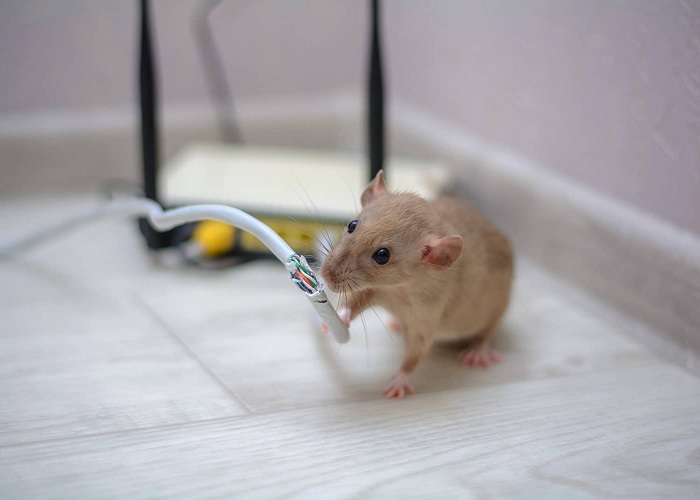Are there any weird sounds coming from behind your walls? Do you discover any suspicious-looking black pellets in the basement? Has your pantry a pungent, musky smell?
You most likely have a mouse in the home or lots of mice. They are able to reproduce within two months of birth, which occurs about 20 days after mating.
Mice infestations can quickly grow out of control because to this reproductive multiplication, posing a risk to food supplies, electrical equipment, and even your health because mouse droppings carry dangerous bacteria, illnesses, and viruses.
The following are some warning indicators of a mouse problem:
Icky Droppings
Mouse droppings are commonly discovered close to feeding, breeding, and nesting regions in places where mice are most active.
Droppings range in size from three to six millimeters, or about 1/4 inch, in length, and are cylindrical in shape. Small grains of rice-like mouse excrement are frequently mistaken for cockroach excrement.
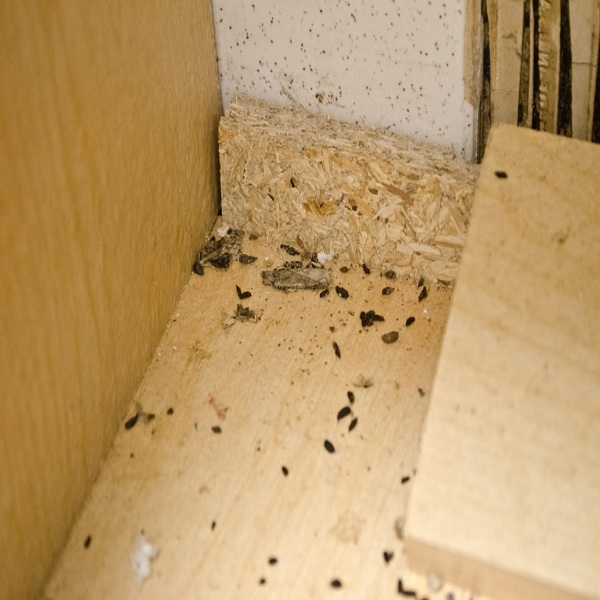
Nighttime Noises
Another indication of mice is strange scrabbling or scratching sounds in the walls, particularly at night.
Mice can squeeze through gaps that are significantly smaller than their bodies because to their outstanding climbing and jumping skills. They can go from one area of the house to another by using the spaces between the joists. Since mice are usually nocturnal, you’ll probably only hear them at night.
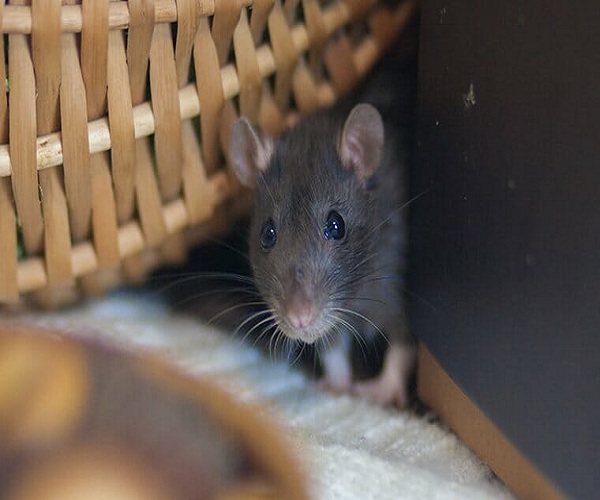
Mice Roadways
A consistent pattern of grimy footprints along baseboards and floors may indicate mouse activity.
Mice frequently run alongside walls and take the same path every night. As time passes, the dirt on their fur and feet will smear or streak in a particular pattern along the route. You might also come across a few small areas of urine or droppings along the way.
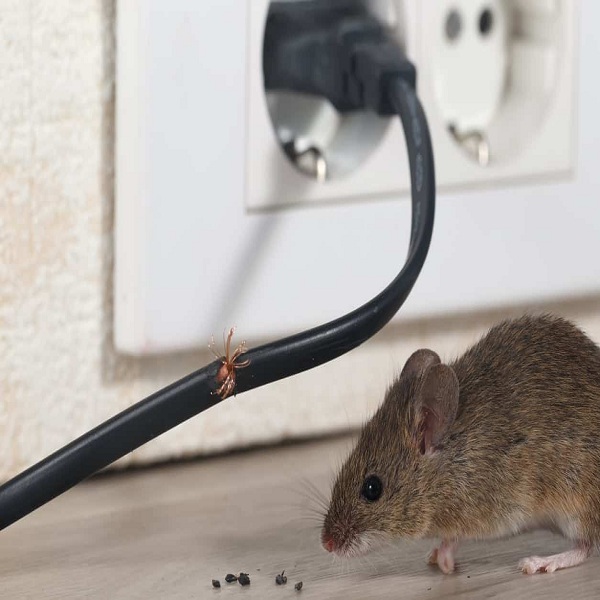
Tears or Holes in the Material
It is likely that mice are present if you discover unanticipated holes, tears, or nibbling marks in bedding, clothing, insulation, textiles, or other materials.
Mice use shredded materials to construct their nests, typically found in dark recesses, storage bins, cupboards, or behind large, rarely moved appliances like refrigerators.
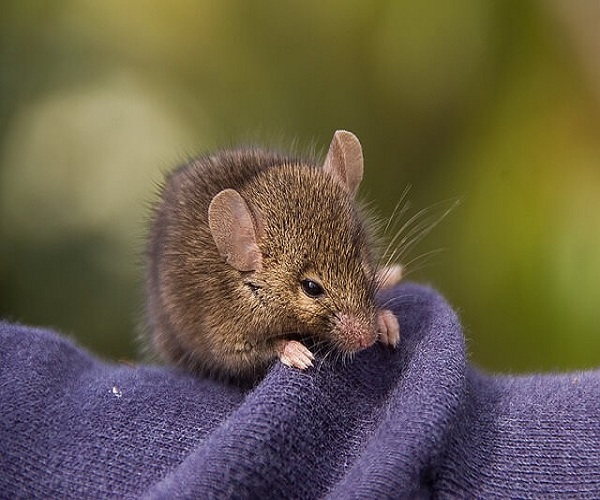
Teeth Marks
Mice must nibble on tough, inedible objects like wood, plastic, wires, and electrical wiring in order to wear down their constantly growing teeth.
They also pose a significant fire risk as a result of their ability to gnaw through wiring and shielding, which can result in shorts, power outages, equipment damage, or fire.
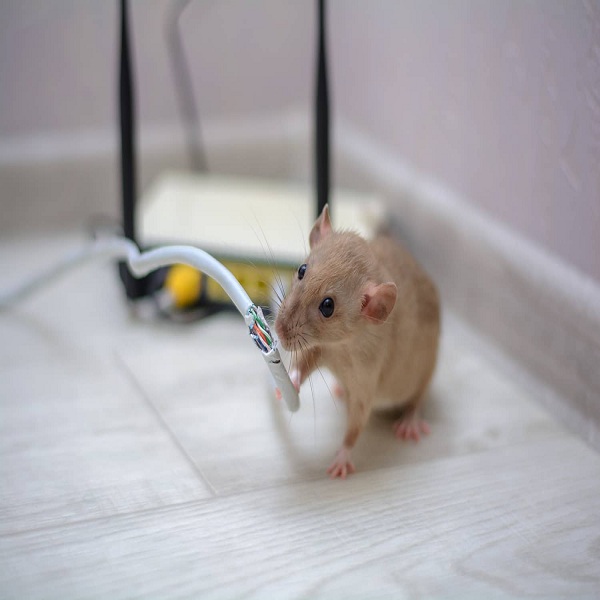
Nests
Mice build their nests out of soft materials like fabric, shredded paper, and dried plants.
The aforementioned materials may be scattered in your home in the form of scraps. It indicates that the mice are building nests. If you think you have mice, look for nests in cavity walls, under stoves, under floorboards, and in suspended ceilings.
Small holes appearing in your wooden furniture are another telltale indicator that mice are constructing homes there.
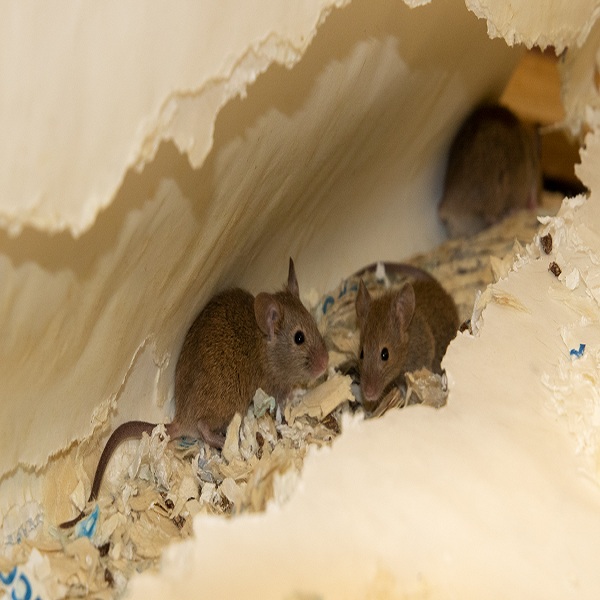
Yucky Smells
Mice emit a strong, musky ammonia odor that is similar to old urine.
In enclosed spaces like pantries, cupboards, or drawers, this odor may be more apparent.
Along baseboards and walls, where mice commonly move around, the odor may also be noticeable. They use the smell to mark and establish their territory.

